|
Our family style of Hakka Gongfu involves "Rucksack" running as both an "External" and an "Internal" practice method which builds muscle and joint power, bone strength, and psychological determination and indomitable spirt! As the pack weighs 56 lbs at its maximum weight (it can sometimes be raised to 76 lbs - but this is rare) - it is also a good indicator of developing and maintaining (skeletal) body-alignment - important for dropped body-weight and rebounding power found in the Internal method found in Taijiquan. When young, rucksack running is "External" - whilst for the older practitioner rucksack running becomes "Internal" - and has to be modified as a practice. Long distance running can be interspersed (or changed with) the shorter distances involved in circuits-training. Either way, the positive effects on the mind and body are absolutely the same: I have been pursuing a three-month circuit-training of five-days a week running three-time around the block (Monday-Friday) - carrying the 56 lbs pack. Running in urban environments is easier in one way as the surfaces tend to "flatter" than their "cross-country" (off-road) equivalents. However, running with a weighted rucksack is dangerous as when falling down the impact with the ground is magnified by the extra weight being carried. Falling upon grass, in mud or through water, for instance, is preferrable to falling upon concrete, as such a tumble "cushions" the fall. Yesterday (Monday), at around 830 am, I was slightly distracted whilst running over a broken piece of tarmacked pavement. This happened during the 66th run of my intended 70 - a training stint which will conclude this Friday (December 22nd, 2023). My legs were cut-out from beneath me and I fell onto my hands and knees - with the rucksack propelled upwards and over my right-shoulder. My palms soundly struck the pavement - saving me from a face injury - with my well-conditioned hands suffering no damage. Most the weight, however, entered the ground through my left-knee. My right-knee took about half as much impact. the friction (heat) between the surface-skin of my knees and the fabric of my running-trousers caused the surface-skin to "rub-off" - as can still be seen above. This is why I now have substantial knee-abrasions. A passing neighbour - who was astonished to see me tumble past him - stopped to help me up. This was not as easy as it might have looked - as I had to readjust the heavy pack, and rearrange my legs and knees to attempt an upward thrust from the ground in good order (from a kneeling on one-knee position). This I successfully achieved - thanking my Muslim neighbour for his truly caring attitude. This is why I replied "Peace to you - my friend"! I then reassumed my training - showing a "straight" and "committed" mind-set in the face of adversity - finishing that day's training. When I got home, my partner - Gee - carried-out her usual "nursing" function of repairing the war-wounds of her Hakka Warrior husband using the family Dit Da Jow to clean and dress the wounds. Today, I was up early to continue my training in the rain!
0 Comments
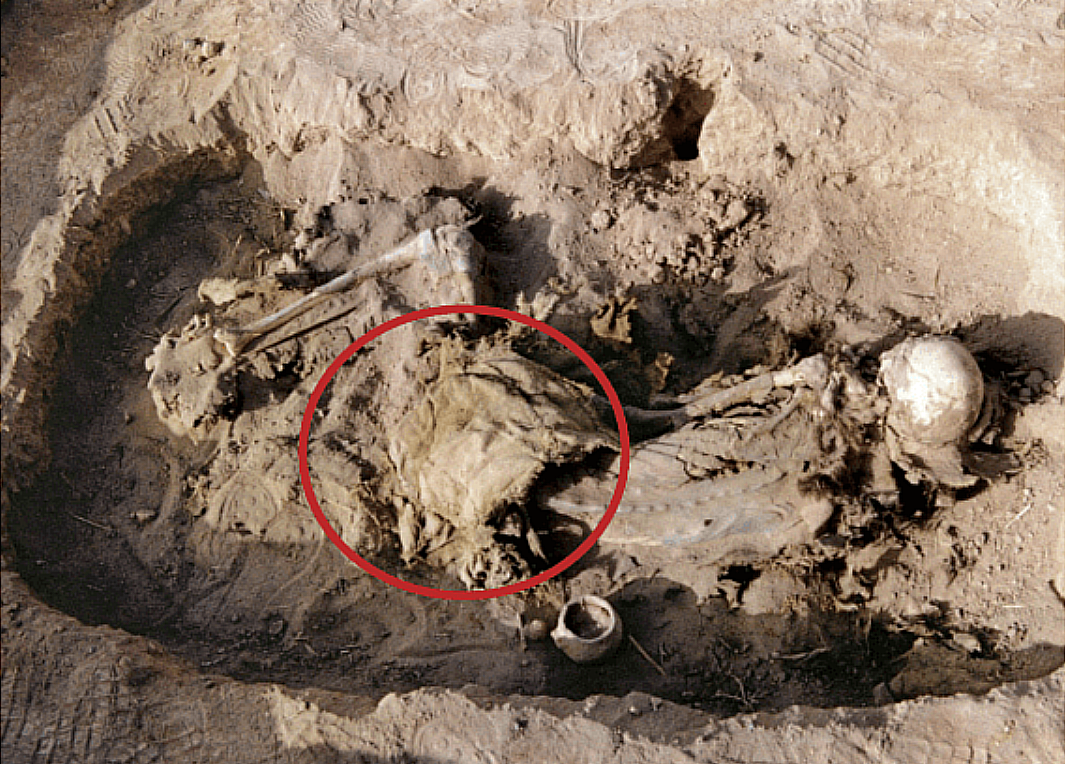 Dressed in a hide coat, wool pants, and leather boots, the rider was buried with her saddle “placed on her buttocks as if she was seated on it,” the team note. And it clearly isn’t just for show: the saddle shows “[o]bvious traces of repair,” they write, showing that it was “intensively used and maintained” throughout its lifetime. Recently, an international archaeological team discovered the earliest known saddle at an excavation site in China. The saddle was found in a tomb in a cemetery in Yanghai, Xinjiang, China. The tomb was built for a common woman who was wearing what seems to be a 'saddle' - positioned so it looks as if the deceased person was still sitting upon it - as if in life. Research shows the tomb owner and saddle are from about 2,700 years ago. Previous research has found that the domestication of horses first occurred around 6,000 years ago, although during the initial stages of domestication, the animals were used solely as a source of meat and milk. It is thought that horse riding took another 1,000 years to develop. Shortly thereafter, riders began looking for ways to cushion the forces of riding. Researchers believe saddles likely originated as pads strapped to a horse's back. The saddle found is constructed externally from cowhide and is internally padded using deer and camel hair - as well as straw filling. This saddle was designed to assist riders sit with greater stability whilst sat on horseback - so that arrows could be fired from a bow with greater accuracy - whether the horse was standing still or engaged in movement. There are no stirrups on this Xinjiang saddle - as is to be expected. However, a simple stirrup has been found in ancient India dating to the 2nd century BCE - but stirrups were not used by the Greeks or Romans and did not appear in Europe until the 8th century CE. This saddle found in China predates the ancient saddles previously found in the Central and Western Eurasian Steppes. The earliest known saddles date back to between the 5th-3rd centuries BCE - leaving researchers to conclude that China is the earliest known civilization in the world to have designed, made and used saddles. Chinese Language Text: English Language Text: 2,700-Year-Old Saddle Found In Ancient Chinese Tomb Is Oldest Ever Discovered
Iran: Chen Style (陳家) Taijiquan Under 'MAZIAR KEBAT' (مازیار کتابت) of Fars Province! (18.6.2023)6/18/2023 The Chen Taijiquan Style technique and expression featured on this Telegram Channel site – entitled in the written Persian language as ‘Taijiquan is the Endless Way’ (تای چی راه بی پایان) – is very good! The grey-bearded teacher is named ‘Maziar Kebat’ (مازیار کتابت) – which might mean ‘Master Kebat’ – and he lives in the Fars Province of Southwest Iran. The setting is beautiful as is the high quality of the martial technique! I suspect that we may assume from this that ‘Taijiquan’ is considered ‘Halal’ within the faith of Islam – a fact which grants the practitioners a certain enhanced ‘virtue’. In China, Islam (and Muslims) are greatly respected for a) their spiritual purity and b) their martial integrity! Good to see Taijiquan in Iran and the people united in practice! Lu Zijian comes from a famous martial arts family situated in the Yichang area of Hubei province - a family which contains many long living members: Grandfather - Lu Zhengde [吕政德] (1840-1913) - 73-years-old Grandmother - Wu Meihua [吴梅花] (1842-1945) - 103-years-old Sister - Lu Zimei [吕紫梅] (1888-Still Alive) - currently 125-years-old! Brother-in-Law - Li Fengfang [李丰方] (1878-2001) - 123-years-old During his long life, Lu Zijian mastered all aspects of the 'Wudang' (武当) tradition (training for three generations - or sixty-years - under various Masters) - specialising in 'Longfist' (長拳 - Chang Quan) - and eventually inheriting the Wudang Bagua Zhang (八卦掌) lineage. In 1945, a US Military General took exception to Lu Zijian's good reputation (as he had killed both Japanese and Nationalist thugs over the years - many of the latter working for the US)! The General sent his personal Bodyguard - 'Tom Newham' - to teach Lu Zijian a lesson - but things did not go according to plan. The Americans had been making anti-Chinese statements and this fight took place in front of Chiang Kai-shek's mansion (situated at the foot of Huangshan Mountain) on the South Bank of Chongqing. Lu Zijian beat Tom Newham to death with a single palm strike as taught in the Baguazhang System. Chiang Kai-shek was furious about this (for political reasons) and announced that Lu Zijian was dismissed as his Bodyguard! Previously, Lu Zijian had been in trouble in 1929 when he openly opposed Chiang Kai-Shek's plan to 'ban' TCM and introduce a US-controlled medical insurance system in China!
Comment by ‘Meng Bin’ (梦斌) - 22.5.2020 This 'Comment' was added to the referenced video (below) designed to ridicule the reputation of Master Ma Baoguo. Interestingly, although many still criticised his movements - all agreed that he showed the true bravery expected by an ex-member of the PLA! 'Really, very touching! Tears poured out of his eyes. Ma Baoguo, an Old Comrade who was almost 70 years old - faced the challenge of a much young and stronger man who was less than 50 years old! He bravely accepted the challenge! Although he was knocked down three times in more than 30 seconds – during the previous two times - Mr. Ma stood up with perseverance! For the third time, in my heart, Teacher Ma also STOOD UP! This level of tenacity and courage must come from hard training on a daily basis. This type of righteous attitude represents an era of traditional Chinese martial arts now long gone! Teacher Ma is simply the embodiment of Huang Zhong (黄忠)! The unyielding and old-fashioned spirit of the Chinese Nation is vividly demonstrated! Just imagine - the road to success must be full of hardships and difficulties - whilst the bitterness of failure erodes a shaken heart! If there is no clear goal, firm belief and perseverance, it is difficult to pass through the Gate of Suffering – and arrive at success! Although Mr. Ma lost in the ring, in my heart Mr. Ma won this match. Even though it was too much to win against such a young and strong man! This arena will always belong to Mr. Ma!' Chinese Language Source: 真的,挺感动的!泪水从眼里止不住地涌了出来,马保国,一个快70岁的老同志,面对一个不到50岁的壮汉的挑战,还勇敢的接了下来,虽然30多秒被干倒三次,但是前两次马老师都用毅力坚强地站了起来!第三次,在我心中,马老师也站起来了!这份坚韧、这份勇气,一定来源于平日的刻苦训练,这一股浩然正气代表了中华传统武学的一个时代,马老师简直就是黄忠的化身!把中华民族这种坚强不屈、老骥伏枥的精神散发得淋漓尽致!试想成功的路上必定充满艰难困苦,失败的苦涩侵蚀着动摇的心,要是没有明确的目标和坚定的信念以及坚忍的意志,很难通过苦难的大门走向成功!虽然擂台上马老师输了,但在我心中这场比赛马老师赢了,赢那个壮汉太多了!这片赛场,永远属于马老师!
If a practitioner of traditional Chinese martial arts spends twenty, thirty or forty years perfecting his or her art – then such an individual will experience many different levels and layers of reality as the ageing process unfolds. Of course, much of this will be circumstantial and culturally conditioned (varying from place to place, country to country) - but the ongoing experience of observing the inward biological and psychological process will always possess a certain universal reality common to all human beings. This is true despite many modern people linking their physical activity to the notion (and vagaries) associated with modern sport, commercialism and entertainment, etc. Therefore, many people living in the modern age often think that any sustained physical activity should cease around the age of thirty years old – as the first glimmer of the ageing process begins to make its presence felt! This idea seems to advocate the passive ‘giving-in’ to the ageing process and simply settling for a body that can no longer function as does the body of an eighteen-year-old – and which gets less able as the decades pass due to a terminal inactivity.
A genuine martial artist seeking mastery of body and mind must acknowledge and accommodate the ageing process. As the inner processes and the outer structures of the physical body transform, the traditional Chinese approach has always presented the ageing process as a doorway to a higher form of awareness, perception and physical ability. The modern, Western approach states that the human body becomes weaker the longer it lives. The onus upon this thinking is that this is the most meaningful interpretation of the ageing process and that no other view of the ageing process is required. Linked to this idea of a decrepit body is an entire medical industry offering expensive mechanical devices that assist the body as it weakens – together with entire rafts of various medicinal treatments designed to lighten the ageing process. This is only for the wealthy, of course, and although the scientific alleviation of the ageing process may well be a valid and important one if it were not so exploitative – my point is that as functioning individuals – we are responsible for our own awareness as it functions throughout the biological body and permeates the physical environment. There is nothing wrong with being ill, disabled or otherwise incapacitated. Ageing and illness are biological inevitabilities and should not be denied in anyway. The awareness capacity, however, as far as I am concerned (as I enter my 55th year of life) – is the only way a human being can adjust him or herself to the ever-changing circumstance that defines the ageing process. Not just being ‘aware’ in a passive manner but being ‘aware’ in a proactive manner that permeates the atoms and molecules of the physical body, and which strives to moderate behaviour throughout the physical body. Ironically, being ‘still’ in exactly the correct manner is an important part of traditional Chinese martial arts, which is the foundation of an enhanced (and evolutionarily) advanced ability to manifest the human body within the physical environment. This means that the manner in which the inner human body is perceived changes completely when the ageing process unfolds. Indeed, the ‘internal’ and ‘integrated’ methods of advanced Chinese martial arts practice are dependent upon being ‘old’ and the experience of getting ‘older’. As the out of date (and ‘lazy’) habits of youth fall away, then ‘new’ and more ‘intelligent’ methods of generating stability and power must be cultivated. Extraordinary amounts of stabilising power must be generated and sustained with as little conventional effort as possible. Conventional effort is the driving mechanism of youth which changes as the ageing process advances. It does not ‘disappear’ as many think but transforms and evolves – but many remain completely unaware of this developmental process. This is where the shallow (commercial) culture of the modern West fails the very individuality it creates. This is exactly where the ancient ideas of evolving conscious awareness and physical abilities come into play. When striking the heavy bag, the torso and limbs feel simultaneously ‘light’ for speed and ‘heavy’ for stability. The body is ‘relaxed’ whilst the limbs and torso are positioned perfectly so that the dropped bodyweight can be effectively rebounded from the ground and channelled into the target through the centre of the bones (which feel ‘hollow’ when performing this function). Furthermore, the ‘weight’ of the heavy bag can be momentarily absorbed into the bones and joints of the attacking body (that is the ‘hollow channels’) – before being dramatically expelled back out and into the heavy bag itself – being added to the bodyweight and effortlessly increasing the all-round impact of the punches, kicks, elbows and knees, etc. Meanwhile, as the ageing process unfolds, a tangible sense of space is permanently perceived as existing throughout the inner body which is filled with an energy that is vibrant, full of light and is a combination of physical bodyweight properly used – and an enhanced sense of psychological ‘awareness’ (which also expands outward and into the physical environment). I believe that this is a preparation for old-age and the eventual dying process – whereby the physical body drops-away and the psychological awareness folds-in upon itself. We will 'scan' the crystal-clear paper edition of my published article for free access as usual. The point is for everyone to make use of all good quality translations for personal development, understanding and growth! Of course, this is a multi-dimensional experience involving the mind and body. That is psychological and physical growth within the context of understanding 'existential' reality and the making sense of the 'ageing' process. When young, it is the 'existential' reality that appears to be eternal and go on forever! Those who are older understanding that this 'existential' reality changes in both quality and meaning as the chronological age increases! All of this experience is held together with 'awareness' or what is today often termed 'consciousness' studies. Whatever we like to call 'being alive' (religious people call it by all different names), we must develop the conscious awareness functionality so that it profoundly 'penetrates' the very essence of material reality! This ability (and experience) can only 'deepen' with age and cannot do anything else! This is the basis of 'Mastery' which has nothing to do with the vigour of youth - which must be fully enjoyed, understood and explored, before the next and far more profound stage of development occurs when older age sets in! Getting old is 'good' and essential for the wisdom-essence of all genuine Chinese martial arts practice! All young people will get old and it is advisable that they prepare for this experience by studying all the Classical Texts that have been written by older people for the youth to benefit from! The search for 'truth' is like looking continuously for an non-existent abstract concept! Everyone seems to be saying it is 'here' - but very few people actually possess anything like a working definition of reality! Why is this? It is because reality cannot be 'seized', 'controlled', 'possessed' or 'limited' to human perception! The capacity to be 'aware' is very much concerned with the concept of 'time served'. This is to say that the older we get - the longer we have been 'looking' at reality! We 'look' - but we must also 'penetrate' the fabric of reality (which seems to confront humanity like an unclimbable wall)! The martial arts forms we practice are part of the reality our minds come into contact with every day. The external fowns are desiged to exist 'this side' of the wall - whilst the 'internal' forms exist 'that side'! Yes - this is because human perception must be 'first 'stilled' - and then 'expanded' so that the entirety of reality is both penetrated and enbraced! The Taijiquan Classic facilitates this entire process!
This is not exactly the same as Bare Knuckle Boxing as practiced in the contemporary West – but might be nearer to the ‘bare knuckle’ equivalent (under the ‘London Prize Fighting Rules’) practiced in the West prior to the advent of the Queensbury Rules and the implementation of ‘gloved’ fighting (in the late 1800s). Indeed, the further back in time the comparison is taken – the nearer the two forms of combat become – with Western boxing originally involving throwing and kicking, and used as an unarmed augmentation to fighting with staffs, swords and pistols, etc. A book I read in my youth in the UK was entitled ‘Cross-Buttocks and Claret’ - referring to bloody public spectacles of punching, kicking, tripping and throwing! My father (Peter Wyles) – from the working-class slums of Leicester was taught by his father (Alfred Gregory Wyles 1916-1976) the bare-knuckle style passed-on by his father (Archibald Britton Wyles 1887-1941 – born in Duddington, Northamptonshire). A bolt upright – two-armed affair that relied on a solid and repetitive jab occasionally follow by a straight-right – the closed hand of which would habitually be used to protect the chin when not being thrown (the 'point' of the chin 'sits' in the 'eye' of the closed-fist). Coupled with elaborate foot-work and ‘swaying’ from the hips – no hooks were used. The arms were used like ‘bats’ to ‘catch’ and ‘hit’ away any incoming blows – including head-butts and elbows. Correct-positioning overcame rapid and continuous movement whilst power of punch overcame diversity of punch. I suspect that in an era when people in the West had never encountered Asian martial arts (or ‘French Savate’), the general paradigm around ‘fighting movement’ would have been quite different and premised upon historical Western institutions involving fighting arts and any innovations that had developed out of these entities. Modern weaponry and service in the professional military (and particularly experiences of combat) may have developed variants and styles of fighting all over the UK. Brutal hand to hand fighting to the death on the battlefield may have ended in unarmed combat when weapons broke, bayonets snapped and ammunition ran-out. Fighting in fairgrounds and outside public house is, of course, a British institution and I have met a number of Romany people in the UK who have been brought-up fighting ‘bare-knuckle’ in what they call the ‘Gypsy Style’! Generally speaking, these Romany people have treated both my Asian and Western martial history with a great respect. As Romany people have had to fight to defend their very existence throughout the years – obviously as a people they have developed a very healthy respect for the fighting arts! For years I taught class of gongfu in a private and public capacity. The ‘private’ aspect involved my family’s Ch’an Dao School which involved a rented hall and two-hours of gongfu training on a Sunday morning. Initially, this only involved members of the British Born Chinese community in Sutton who were related to us (the Sai Kung Chan Clan), or who were associated through business, warfare or any other historical means. Just being ethnically ‘Chinese’ was not enough to train in our gongfu hall as we are of ‘Hakka’ Chinese ethnicity. This is the old way and very different to how many Westerners mistakenly view traditional Chinese culture. In this context, Chinese people of clans considered ‘enemies’ were termed ‘foreigners’ and excluded from consideration. However, although this was the reality, Master Chan Tin Sang (1924-1993) was of the opinion that we had to find a way of ‘evolving’ beyond this feudalistic attitude. As more and more Westerners started enquiring about training, when I was promoted to the Head of the Ch’an Dao School, I decided to open our doors to a class of people we did not know and were not related to. This also included other Chinese people we did not know regardless of their surnames. Around this time (the late 1990s), I also started being approached by Mainland Chinese people living in the UK, who explained to me about how ‘New’ China was thoroughly ‘modern’ and how this attitude of openness and inclusiveness was being used in China to teach all foreign visitors about the beauty of Chinese culture and what it has to offer to the contemporary world! As this change in attitude dove-tailed with what Master Chan Tin Sang had in mind, I decided to transform our family style of Hakka gongfu and ‘revolutionise’ the way in which we managed our martial arts lineage! Although I was brought-up in the old way, I never felt comfortable with its exclusiveness and ethnic clannishness. Although I was accepted as someone of mixed ethnicity – this acceptance only extended to my immediate Hakka clan and Chinese people who knew me. When outside of this group, I was subject to this ‘exclusive’ attitude and marked as a ‘foreigner’ who was not welcome within the inner workings of the Chinese community. When this happened – I would scurry back into my cultural safety zone knowing I had just experienced something very unsavoury! After 1949, Mainland China thoroughly rejected this feudal attitude and embraced ‘Internationalism’ which is designed to open-up the beauty of Chinese culture for anyone who would like to benefit from it! Since the early 2000s, I have defriended many Mainland Chinese people (living and working in the UK and in China via the internet), and have even started various academic projects and translation initiatives. Indeed, our family gongfu has evolved because of these experiences from an insular, feudal entity to a local practice premised upon universal principles!
My personal preference is inner development through the life of a hermit (i.e., ‘eremite’) – rather than through the ‘coenobitic’ (i.e., ‘community-based’) life of a monk living in a cloistered - but interacting community. This may stem from my upbringing as a Chinese-Buddhist and my experience of being a Buddhist monastic attached to a Ch’an lineage in Hong Kong – but ordered to spend hours, days, weeks, months and years sitting alone in the local Name Temple of a Hakka village in the New Territories. This also included a period of some months sat in the isolation of the Devonshire moors in the UK – where the weather (and culture) was very different! The details do not really matter – what matters is the quality of the ‘inner gazing’. Whilst experiencing further and higher education in the UK, for reasons I cannot fathom, I was befriended by a number of Irish Roman Catholic priests and at least one Anglican vicar. As I do not believe in a theistic god – this was something of a surprise to me and them! Those I knew were good people – despite others not being so good (due to their conditioning) – such is life and there is no judgement on my part. People are human-beings and life does not always unfold slowly or as we would like it to. I would say that what is important is the ‘quality’ of the ‘gaze’ as it is turned within. Many have endless problems perfecting the ‘gaze’ and so cannot ‘look within’ clearly. This is a common problem – East and West. Once the ‘gaze’ is perfected – it becomes vast and all-inclusive like a wide wall! Bodhidharma spoke of this but it is a concept often mistranslated or misunderstood. A mature mind is expansive like the surface of a wall-face that never ends – as if a practitioner is sat meditating with ‘open-eyes’ in-front of a wall – the edges of which cannot be perceived when the gaze does not ‘wobble’! An external wall (that does not ‘move’) is like the ‘empty mind ground’ that lies deep within! If a practitioner spends hours contemplating an external object that stands as a metaphor for an internal level of attainment – then eventually the internal level will spontaneously ‘materialise’! This is why Bodhidharma came from the West – at least this is what the Caodong (Japanese: ‘Soto’) Masters say. I was taught Chinese martial arts from a young child as a cultural pursuit which equated to the necessity of ‘communal defence’. This was the ancient Hakka tradition – with our Great Master Chan Tin Sang (1924-1993) - being the son of the Chan Family Name Clan Leader. He – and the Chan Family Clan – fought the Imperial Japanese invaders of Hong Kong from 1941-1945 – after the British Army was over-run in the region. The Sikhs in the Hong Kong Police changed sides and joined the Japanese and assisted in the massacre of ethnic Chinese and Europeans. For this treachery the Sikhs were forever expelled from the British Police and Military! Japanese soldiers stormed through hospitals raping nurses and bayonetting the ill and the wounded in their beds! At least 10,000 Hakka men, women and children died as a consequence of those years of resistance! The returning British even raised a monument praising the bravery of the Hakka people! I do not support warfare and would prefer a world without it – but as long as some humans use force to persecute other groups of humans – we must defend ourselves or die-out. Master Chan Tin Sang possessed a progressive mind-set and believed in developing a better world – this is why he decided to bring his family to the UK in 1956. It was a difficult time of transition – but transition he did. Coping with the very real problems of the outer world is a skill a true spiritual martial artist must acquire. In this regard, this path is very much like that of Vimalakirti – the enlightened lay-man who was a contemporary of the Buddha. He had four wives and plenty of children – and yet never broke the vow demanding celibacy! He taught that the ‘Mind Precept’ is the essence of ALL monastic and Bodhisattva vows (a Chinese monastic must take and uphold the Vinaya and Bodhisattva Vows)! This is the penetrating and realising the ‘empty mind ground’ or that part of perception – non-perception that is the basis of all human ‘awareness’. The ‘empty mind ground’ is what the ancient Greeks refer to as the ‘psyche’ - or ‘breath of life’. It is interesting that the ancient Greeks understood that ‘breath’ and the ‘essence of conscious awareness’ are one and the same at the deepest level of perceptual attainment. Later, the Christian theologians re-interpreted the Greek term ‘psyche’ to mean ‘soul’ (possibly of Germanic origin) to refer to a movable spiritual entity that enters the mind and body at conception – and leaves the body at the point of death, etc. As I get older it becomes ever clearer to me that martial arts mastery is not ‘physical’ but rather conceptual. It is a mind-body nexus of permanent and intimate association. Such an attainment is no longer limited to designated periods of physical training – but is present whether awake or asleep. It exists as the backdrop to everyday life and influences opinions and behaviour. It is an innate awareness of the ‘position’, ‘alignment’ and ‘interaction’ of the joints, the long bone-shafts and the solid ground. Every position and movement are permanently ‘powerful’ with no hesitation, fore-thought or doubt present. The seated meditation position is as combatively perfect as standing in stance, sat in chair or lifting up a weight, etc. The consciousness is calm, vast and unruffled like a perfect seascape at sunset! Always available bodyweight grants instant ‘power’ without any sense of weakness or problem with attitude. Each moment naturally folds into the next and there is no worry, contradiction or complication. There is only the eternal perfected moment of being – clear and vast for all to see! Being a hermit means that a spiritual practitioner does not get entangled in the world he or she happens to exist within. Sitting ‘still’ and ‘clear’ means that the essence of being in the world is understood to be nothing but an all-embracing ‘void’ of reality that has no beginning and end. The material body exists within this ‘void’ and seems to be ‘nothing’ when it is required to ‘disappear’ in an instant. This happens when an opponent cannot ‘perceive’ your presence when stood in-front of them. On the other hand, when the ‘void’ needs to manifest with the heaviness of a mountain – then the body becomes ‘solid’ and ‘immovable’ for all concerned. This has to be the case as there is no longer any duality to befuddle understanding and certainly nowhere for ‘hatred’ or ‘anger’ to manifest and sully the situation. Indeed, the underlying frequency of human love continues to ‘colour’ the entire situation regardless of the nature of the encounter. This is what happens when the seated meditation posture is assumed correctly and the empty mind ground penetrated. This is what it means to be a monastic who practices the hermetic path of self-development and material transcendence!
|
AuthorShifu Adrian Chan-Wyles (b. 1967) - Lineage (Generational) Inheritor of the Ch'an Dao Hakka Gongfu System. |
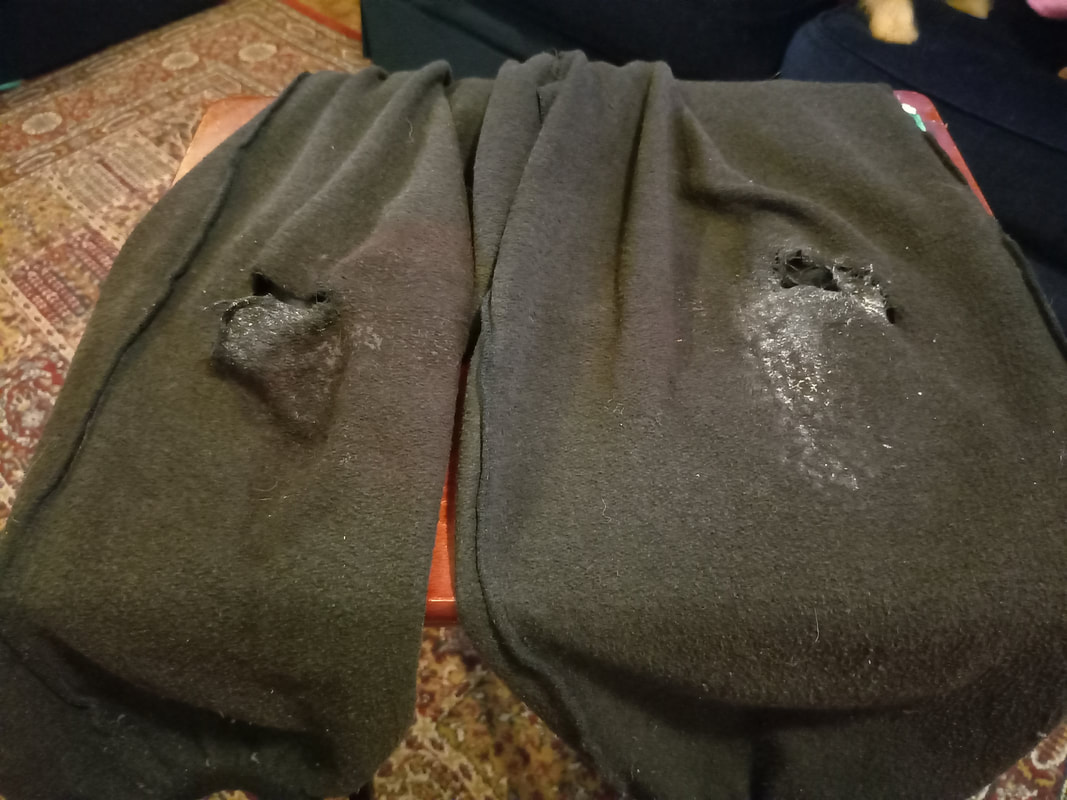
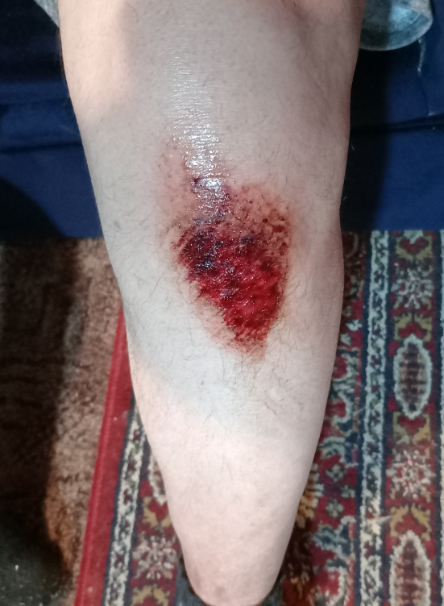
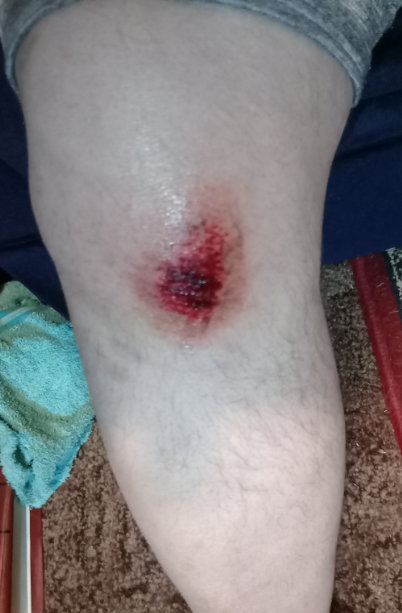

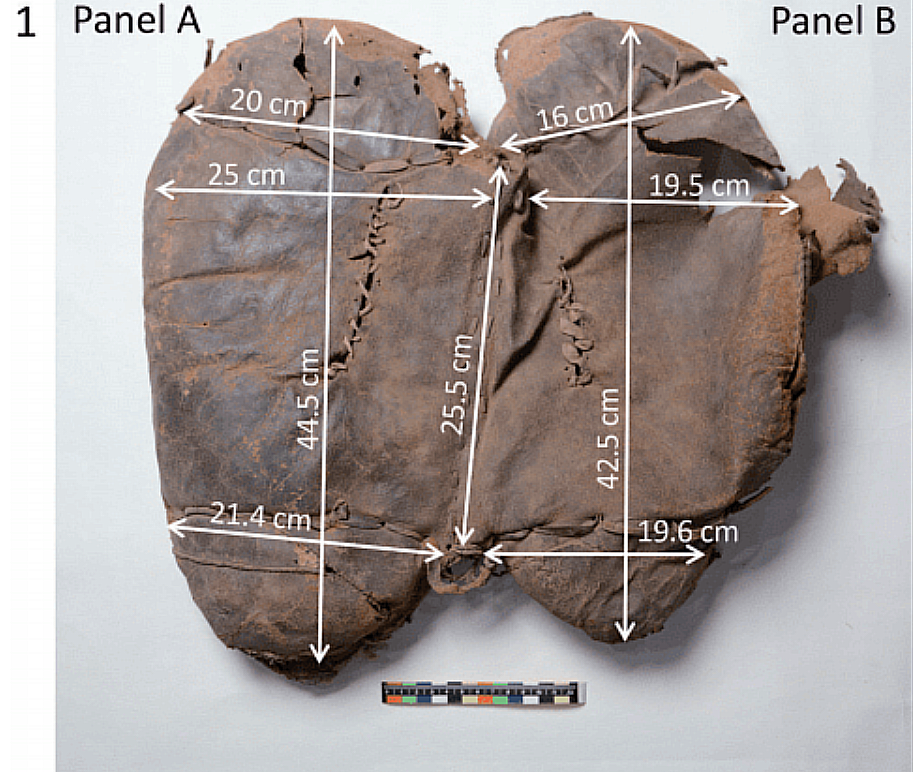
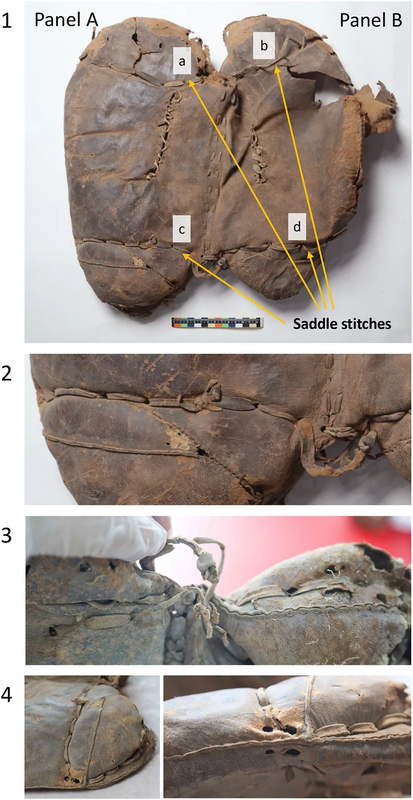
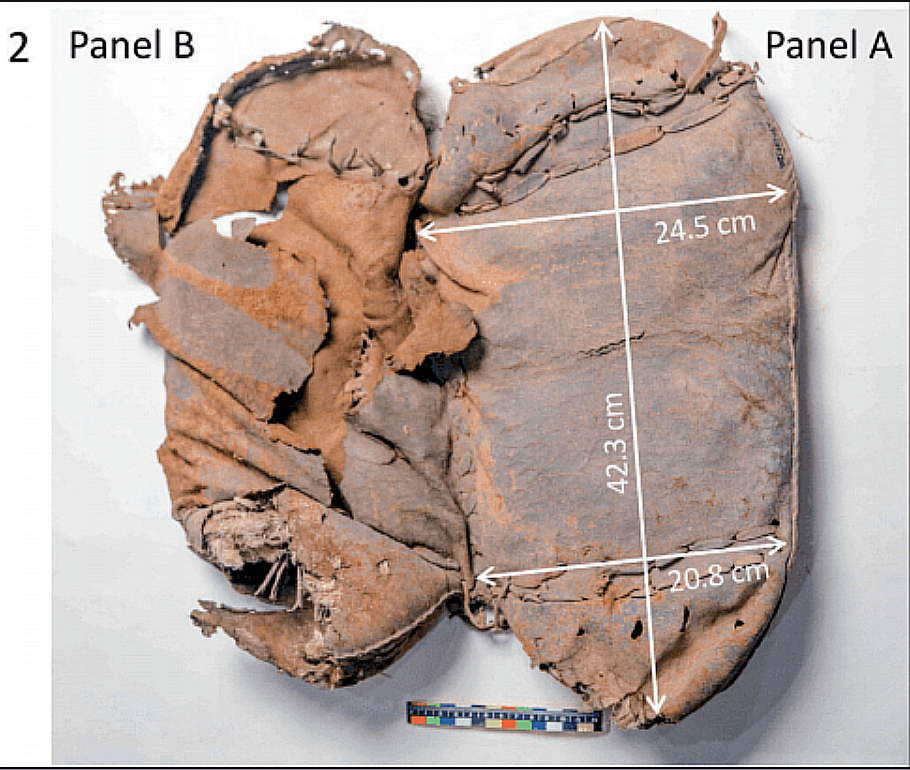

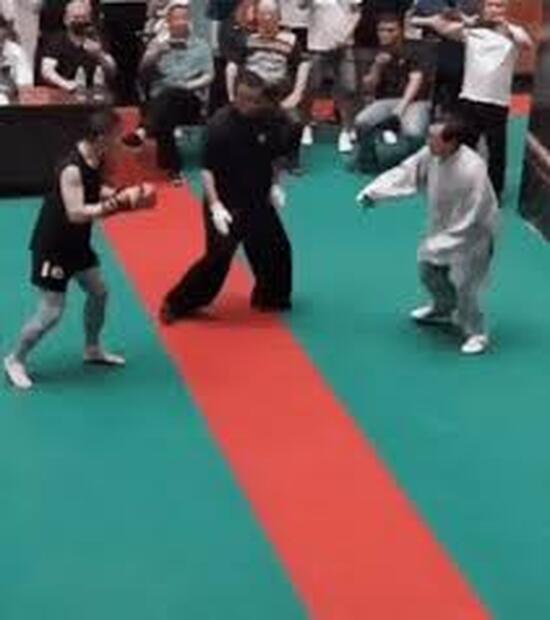

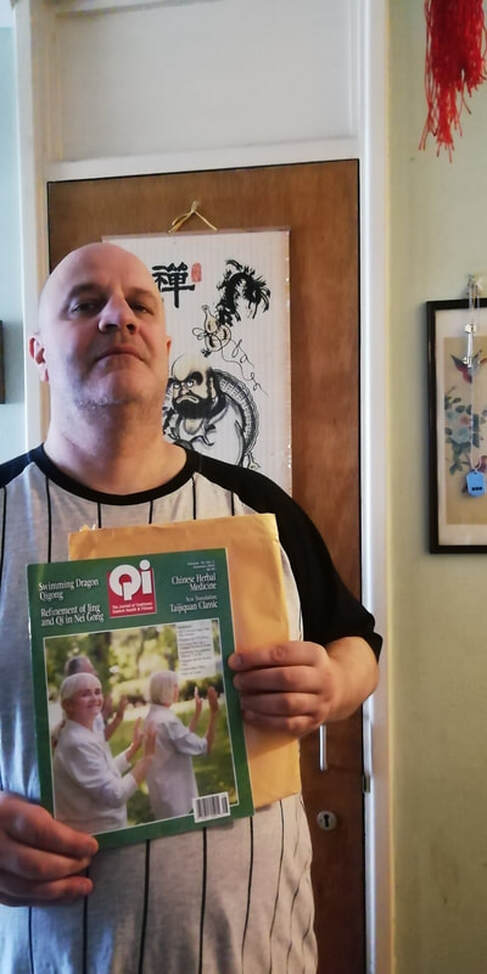
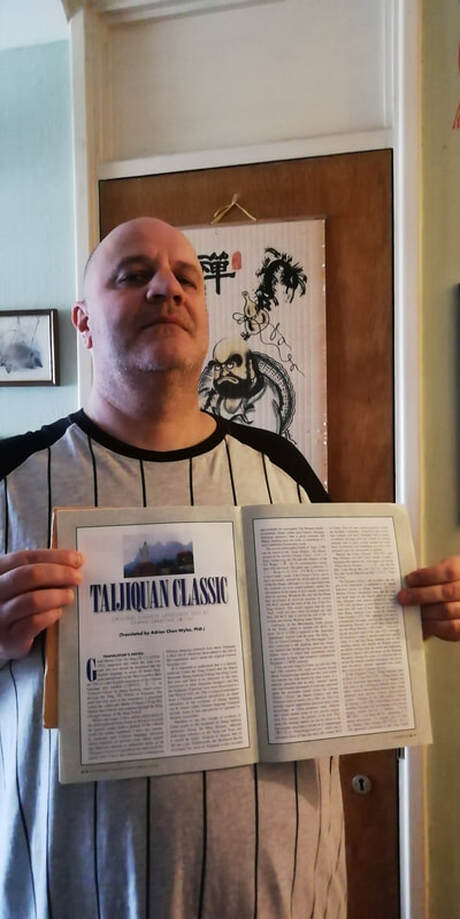
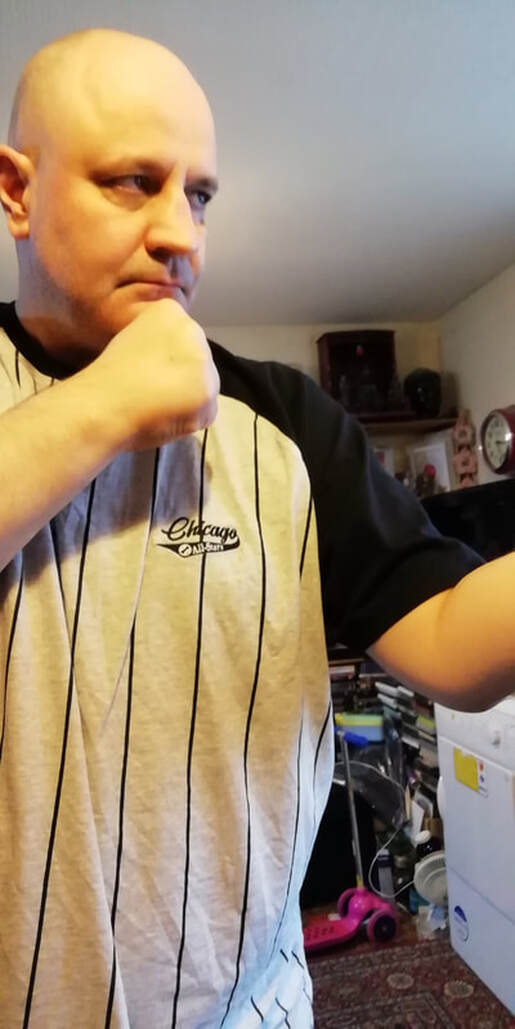
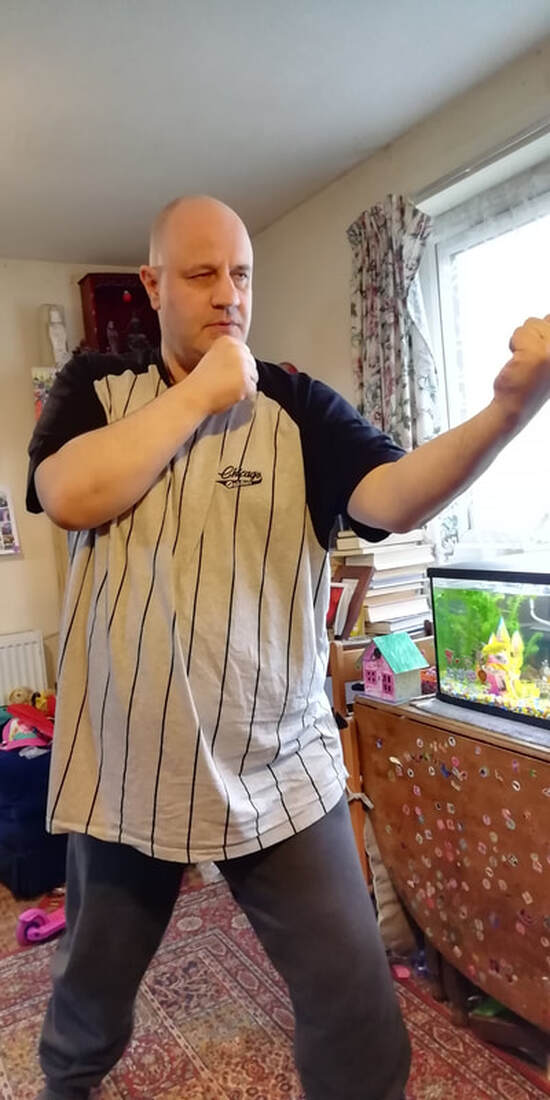
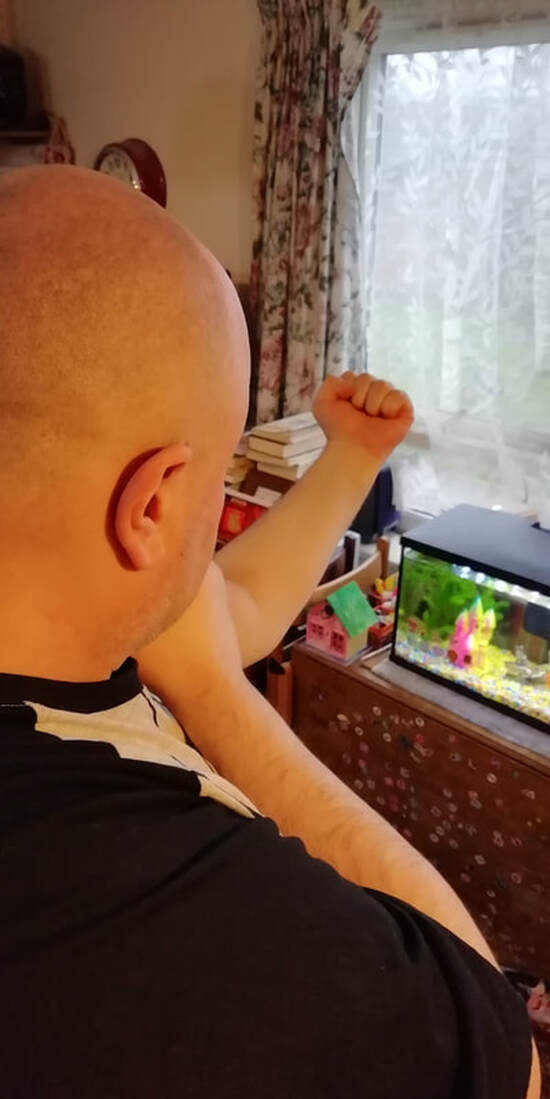
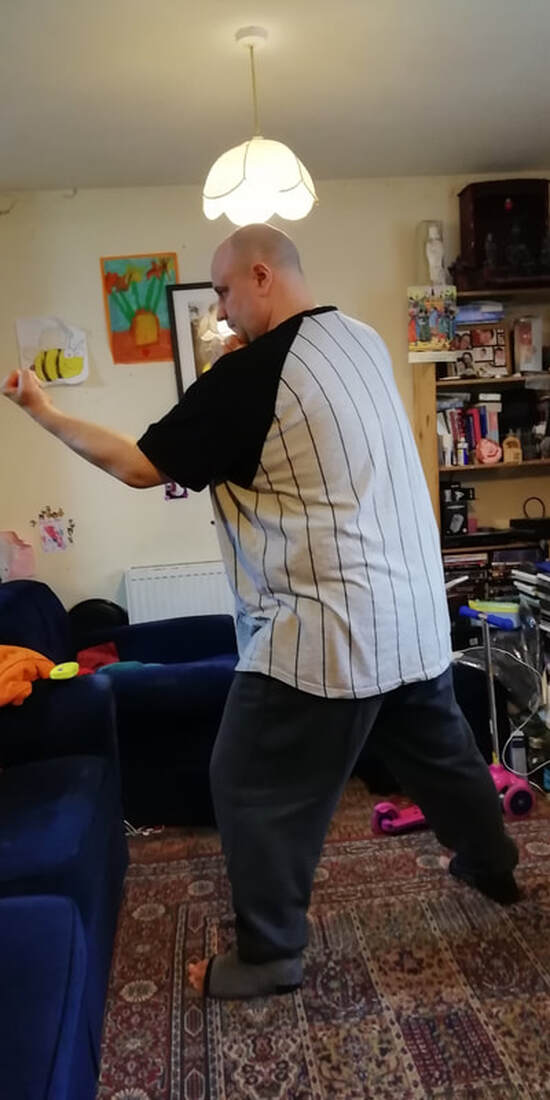
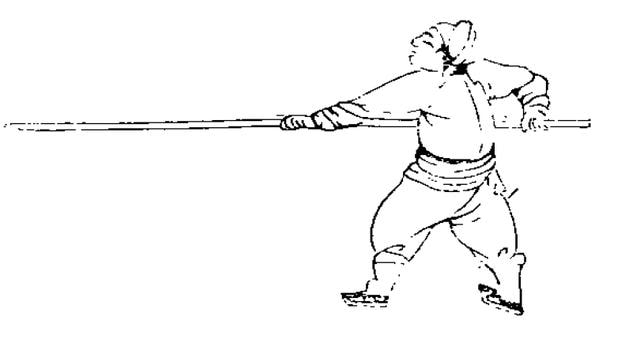
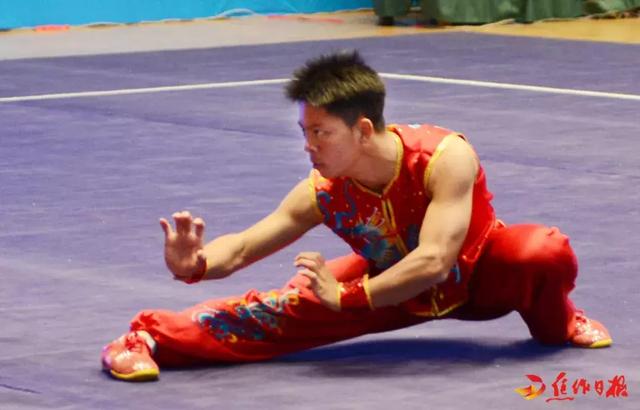
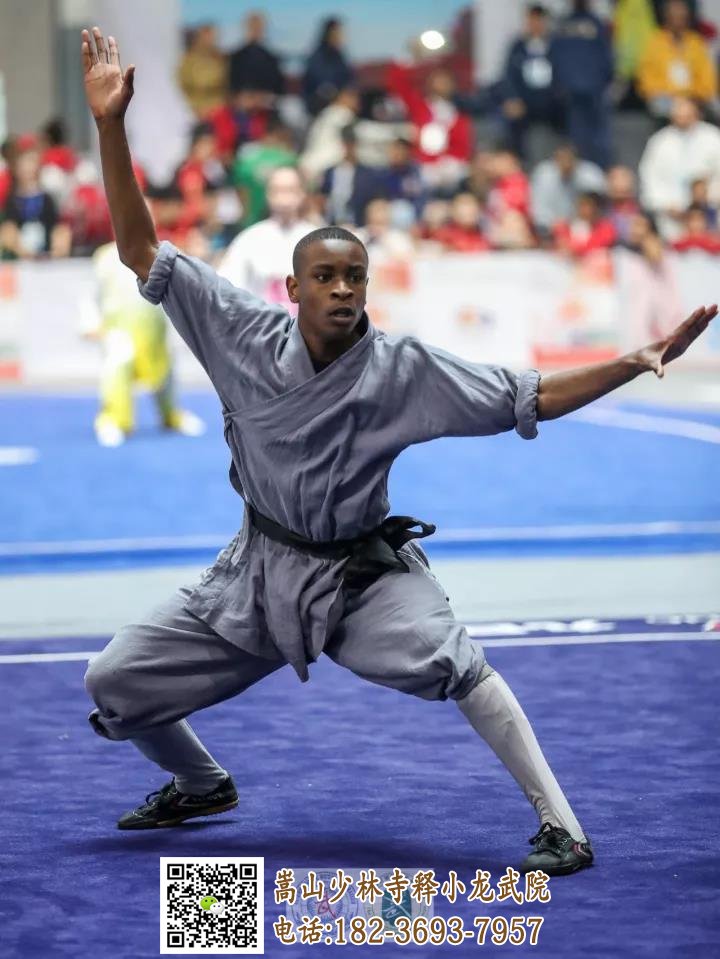
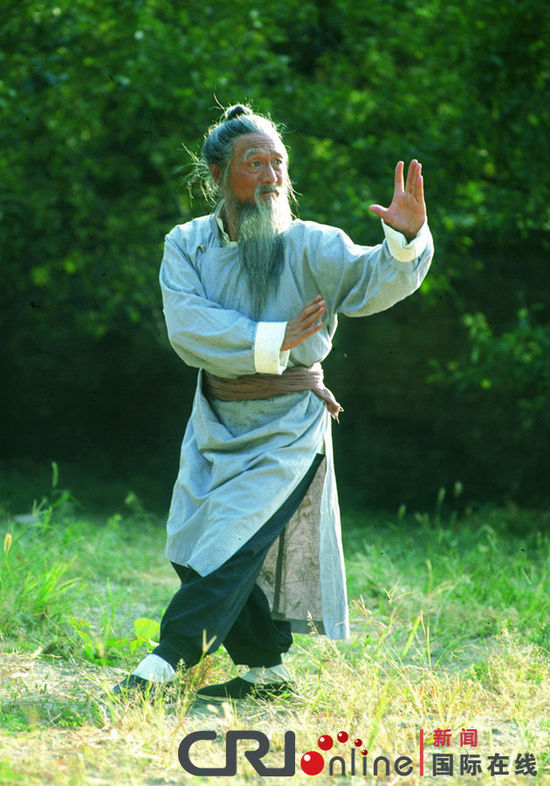
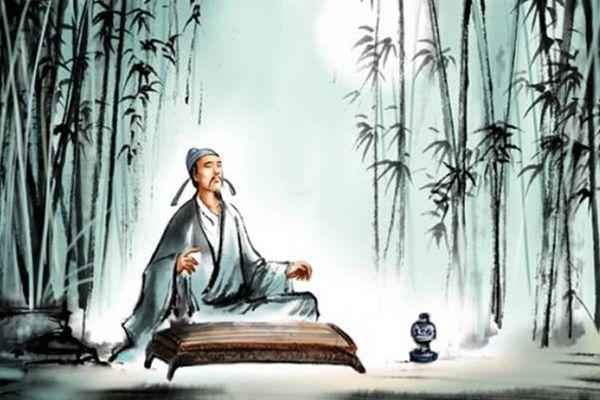

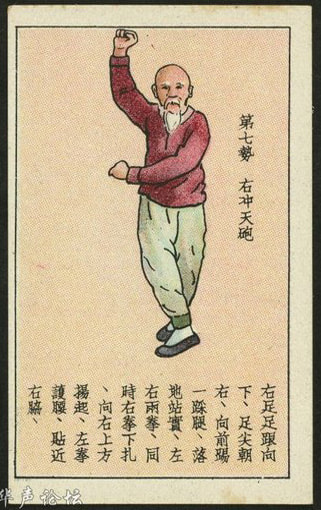
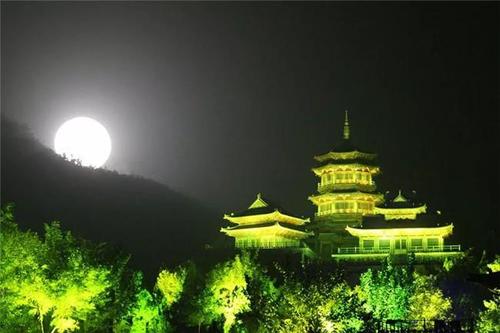
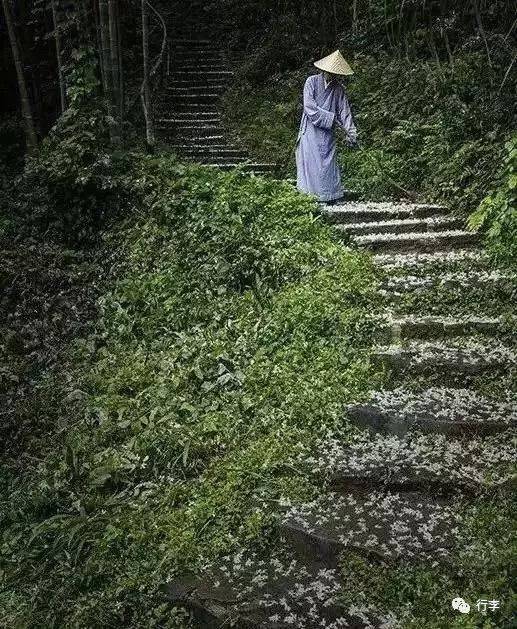
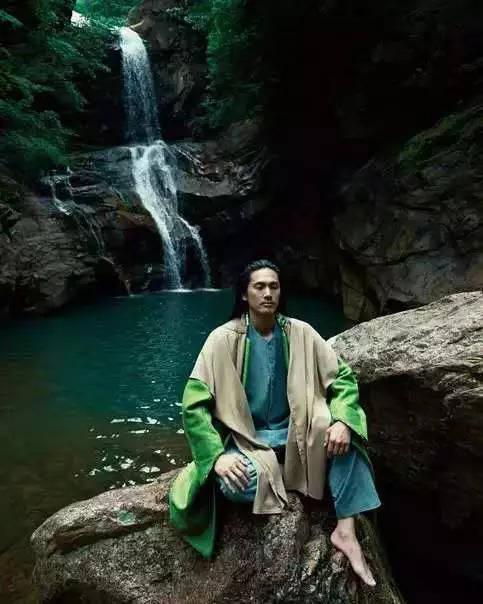
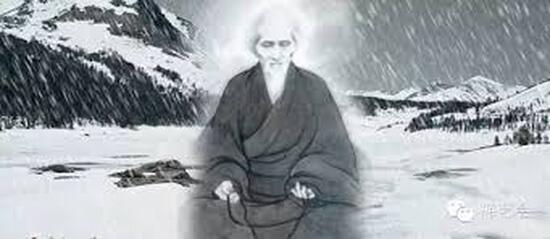
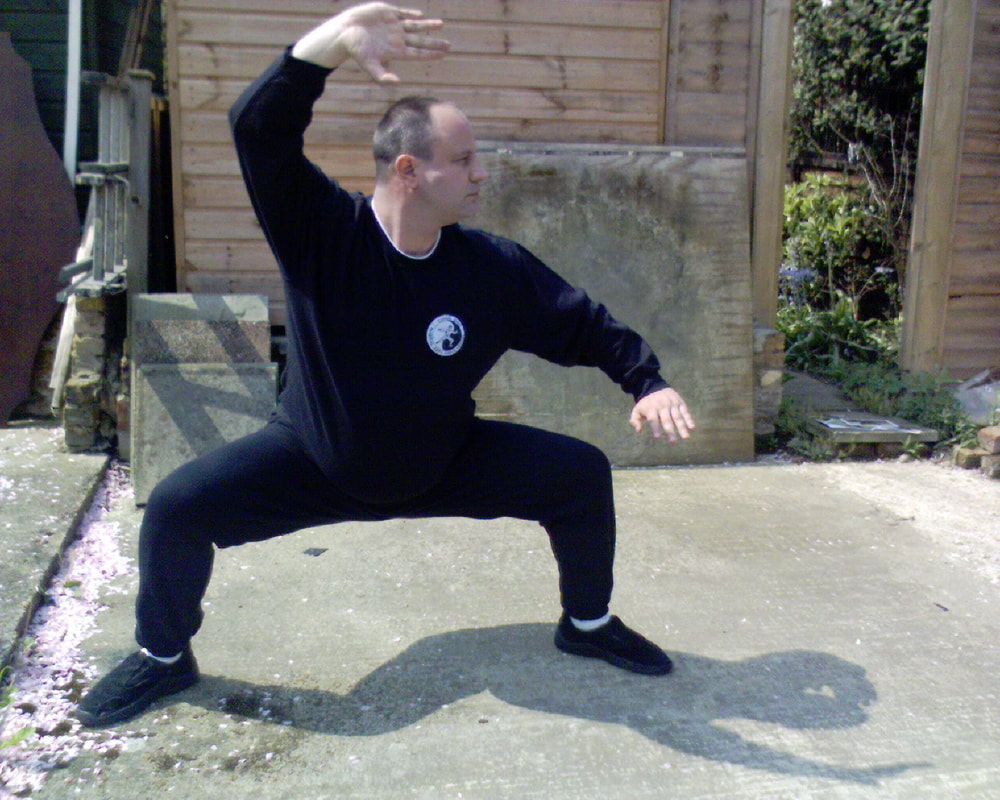
 RSS Feed
RSS Feed